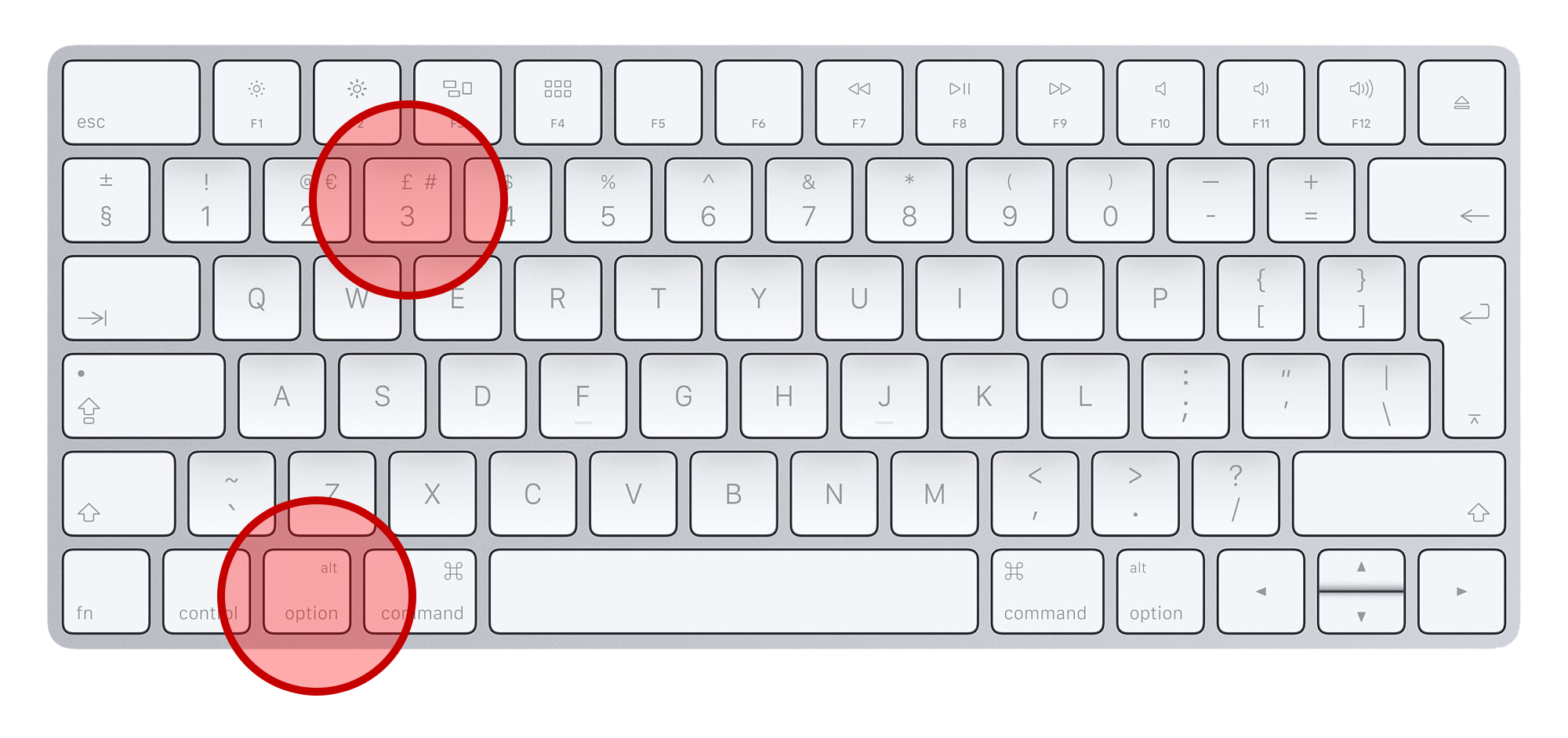
- Search For Text In Files Windows 10
- Search For Text Within Files
- Search For Text On Iphone
- Excel Formula To Search For Text In A Cell

Search For Text In Files Windows 10

This page shows the keyboard shortcuts for the various search functions in Thunderbird. For the full list of all keyboard shortcuts, see Keyboard Shortcuts.
In earlier versions (prior to 3.1) of Thunderbird, the / + key combination invoked the function for searching for text in the currently selected message.
Search For Text Within Files
The grep command has several options that let you fine-tune the way you search for text, as well as the kind of results grep returns. Get started with the helpful options listed here. Best Answer: Command + F. Mac Web Page. Best Keyword Research Software! I agree with the posts before this one. If you are a begginer, start with notepad. Once you become really familiar in how html works, then you can try using the webpage creators. I assure you that you will like your own code 1000 times more that the one. You may have noticed a key in Mac keyboard. The Command Key which you might have noticed in your Mac Keyboard. What is a command key in Mac and what can. How to Open the Spotlight Search in Mac? You can turn the selected text bold or unbold in a document in Mac. How to Italicize selected text or turn it off in a document in Mac?
Search For Text On Iphone
In subsequent versions prior to version 8, the / + key combination was reassigned to invoke Quick Filter, which allows you to limit the messages currently displayed by specifying various filter parameters.
Excel Formula To Search For Text In A Cell
The keystroke combination for searching for text within a message was / + , / + . (That is, the same key combination used twice in a row.)
As of Thunderbird version 8, the following keystrokes are assigned to search functions:
- Search All Messages (Global Search): + + +
- Quick Filter Bar (filter messages in current view): + + + + + +
- Search for messages in a folder (search dialog): + + + + + +
- Find text in current message: + + +
- Find again in current message: + or + or + or
- Find previous in current message: + + or + + + or + + + or +